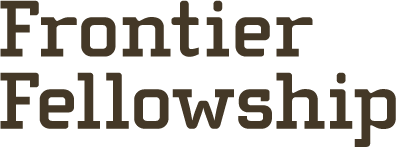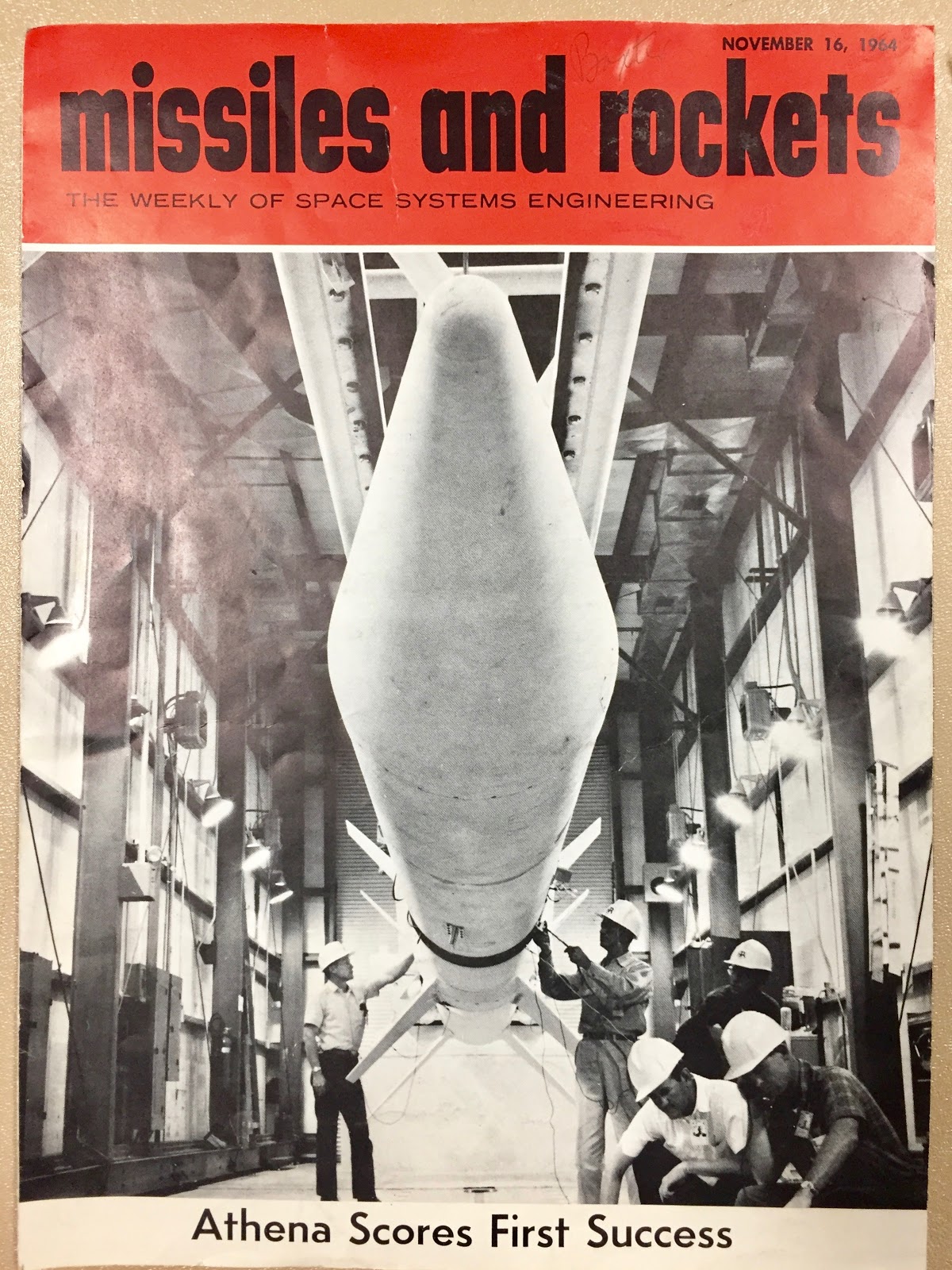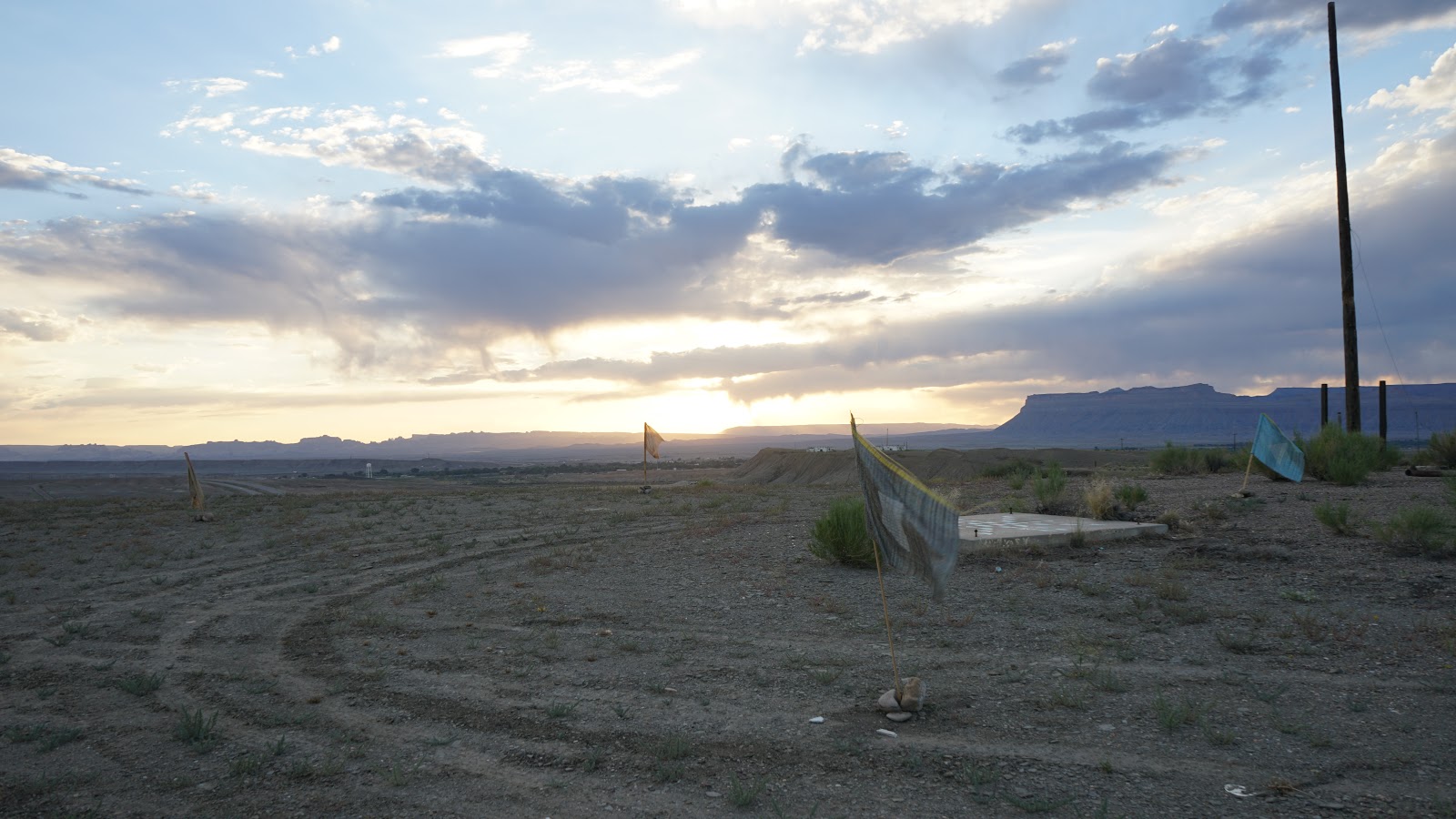Erika Lynne Hanson

Erika Lynne Hanson creates weavings, videos, and installations that connect diverse materials, histories, and places. Running through her work is a concern with the idea of landscape; specifically how landscape exists, by definition, as a view or representation—a space or scene that can never be reached physically. Her work has been exhibited in various locations including Los Angeles, Kansas City, San Francisco, New York, and Houston. Hanson is currently Assistant Professor of Fibers/Socially Engaged Practices at Arizona State University.
This is the place.
Seeing this phrase repeated upon arrival to Green River on so many documents, had two effects. One, made it clear the mission, mindset, and ethos of Epicenter, second The Talking Heads song would immediately start playing in my head (I know that it is not the exact title, but close enough).
Coming into the month, I had a scattered array of books, topics, and tangents that would indefinitely inform the work and experience. To set my frame of reference I looked to object oriented ontology. In short this is the philosophical practice of viewing all things as objects and then examining their relationship to one another with an emphasis on decentralizing the human. For a quote from Levi Bryant that properly encapsulated this school of thought:
So, what does it look like to attempt to visualize a location as an orchestra of objects? The geologic, social, industrial, past and present of a place taken into account. Obviously, this is too broad, the information is endless, and can allow one to become overcome by the sheer volume.
The Green River Launch Complex, a sub-installation of the White Sands Missile Base, was opened in 1964. The program that was to be run out of the base was testing the reentry of a remotely guided, nuclear capable missile called The Athena.
Green River was picked as the location for the new base due to its distance being within target launch trajectory from White Sands New Mexico, with a relatively uninhabited path between the two locations. The base was a joint venture between the army, the air force, and private contractors, creating an intricate network of operations, with public and private entities. When asking local residents that were in Green River during the ‘60’s if they had an association with the base, all were employed, or tangentially supported, by the endeavor. The missile base is an icon for a moment in history— towns were growing, mobility was increasing, the country was in the height of the cold war, and Vietnam would arise as a the divisive war that we know it as today. I can’t help but feel a strong parallel to our current moment, with the ongoing tangible and intangible global wars, the booming and busting of industries, and the evolving notions of what it is to be a citizen in a community that is simultaneously deeply local and global.
When I visualize the nuanced webs and ever moving parts of a place, it can become deep and entangled— the interaction of a person walking on a ground that is packed with geologic time, history, and events (think dinosaurs!), the repetition of vehicles traveling up Broadway to inevitably make a U-turn at the dead end, to the Book Cliffs that are constantly retreating—there are so many ways to describe a place.
I think about bodies in space, as entities that can simultaneously reenact an event and create a new one that is experienced internally and externally.
Choreographer Rudolf Laban, created a language called “Labanotation” to transcribe the movements of the body, or other flexible objects in space. The outcome of one’s movements can range from the reciting of a canonical ballet, to achieving transcendence through repetition of motion. The notation system is comprised of a series of glyphs, that instruct the reader on how to move, while leaving space for personal interpretation. A group of individuals can be reading the same notation and have a simultaneously similar and different experience—we all pull the elements that resonate for us— and it is this reason why I chose to orchestrate a project for Green River steaming from the practice and history.
I have laid the ground for Movement Choirs in Green River at three different sites, each with a history of looking, launching, and testing. One can go to each place, read the provided score, and embed the site with new movement, new history, new action.
Reading List:
George Perec, The Species of Spaces
Levi Bryant, The Democracy of Objects
Omar Kholeif (ed), Two Days after Forever: A Reader on the Choreography of Time
Basar, Coupland, Obrist, The Age of Earthquakes: a guide to the extreme present
Claude Bragdon, A Primer of Higher Space
Watch List:
The Five Obstructions, Lars Von Trier
Sans Soliel, Chris Marker














